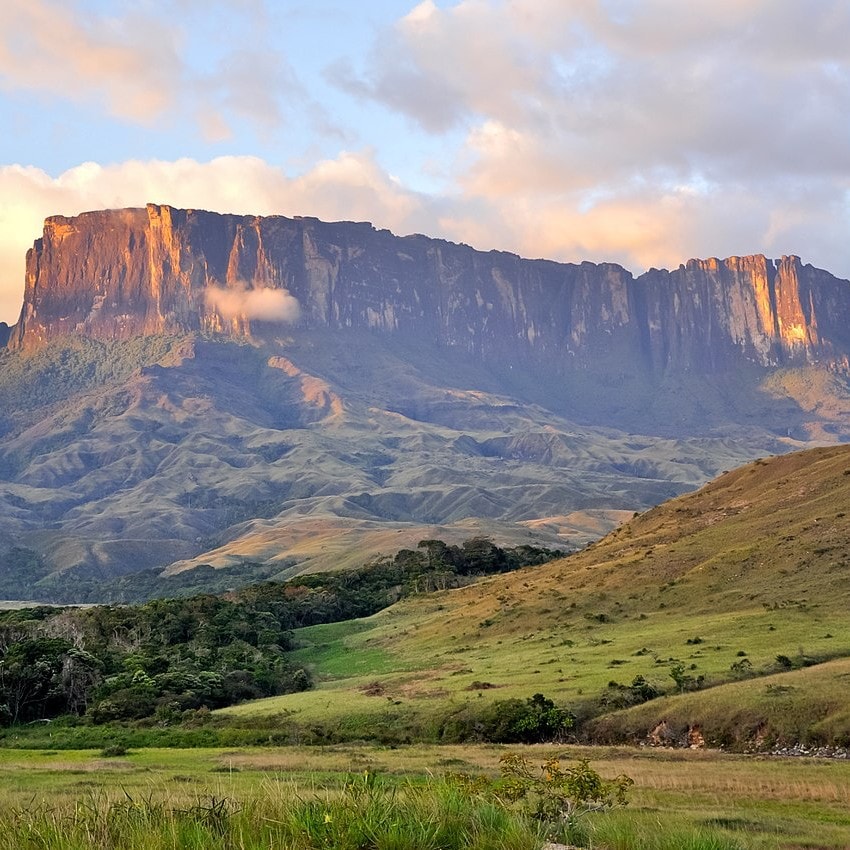Venezuela’s Tepuis

National Geographic picked in 2009
Country : Venezuela
Currency : Venezuelan Bolívar
Big Mac Index : 1.76
Travel Safety : High Risk
Venezuela's Tepuis are a group of ancient and breathtakingly beautiful table-top mountains that are found in the southern part of the country. The Tepuis are known for their unique and diverse ecology as well as for being the inspiration for Sir Arthur Conan Doyle's "The Lost World." Getting there: The Tepuis are located in the southeastern corner of Venezuela, near the borders of Brazil and Guyana. The main access point to the Tepuis is the town of Santa Elena de Uairén which is located about 1,200 km from Caracas. The easiest way to get to Santa Elena de Uairén is by flying into the nearby city of Ciudad Bolívar or Puerto Ordaz and then taking a bus or hiring a car to make the remainder of the journey. Alternatively, there are several small airports near Santa Elena de Uairén that offer regional flights from other parts of Venezuela. Things to see and do: - Hike to the summit of Mount Roraima, which is the highest of the Tepuis and offers spectacular views of the surrounding area. - Explore the unique and diverse ecosystem of the Tepuis, which is home to many rare and endangered species of plants and animals. - Take a dip in the crystal-clear pools that are found at the base of the Tepuis. - Visit the indigenous Pemon villages that are located near the Tepuis and learn about their culture and way of life. When to visit: The best time to visit the Tepuis is during the dry season, which is from December to April. This is when the weather is the most stable and the trails are the least muddy. Tips: - Make sure to bring plenty of water and sunscreen, as the Tepuis can be very hot and sunny. - Be prepared for a strenuous hike, and make sure to wear comfortable and sturdy shoes. - Hire a reputable guide who is familiar with the area and can provide information on the history, culture, and ecology of the Tepuis.
Photo - By Paolo Costa Baldi - Own work, CC BY-SA 3.0